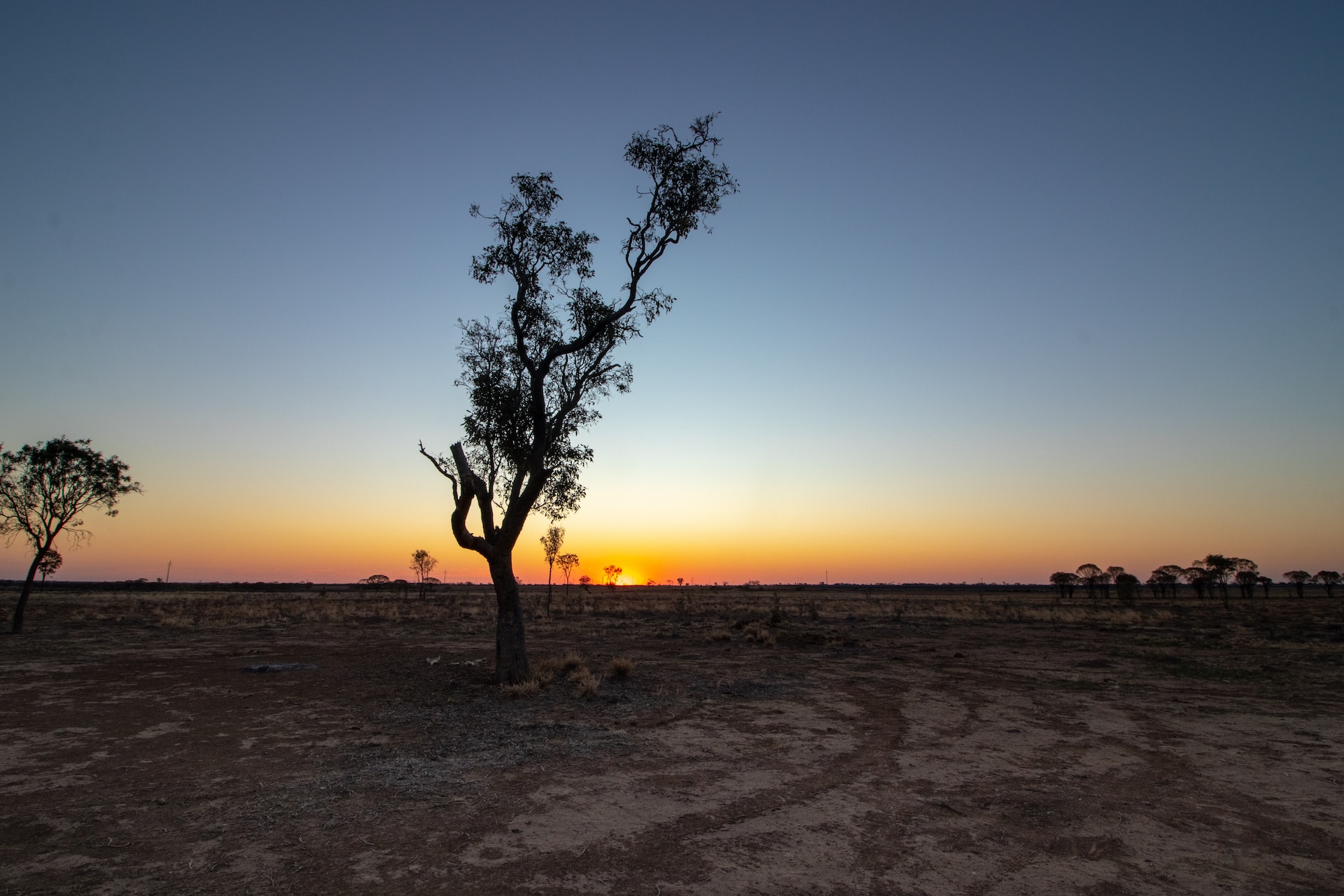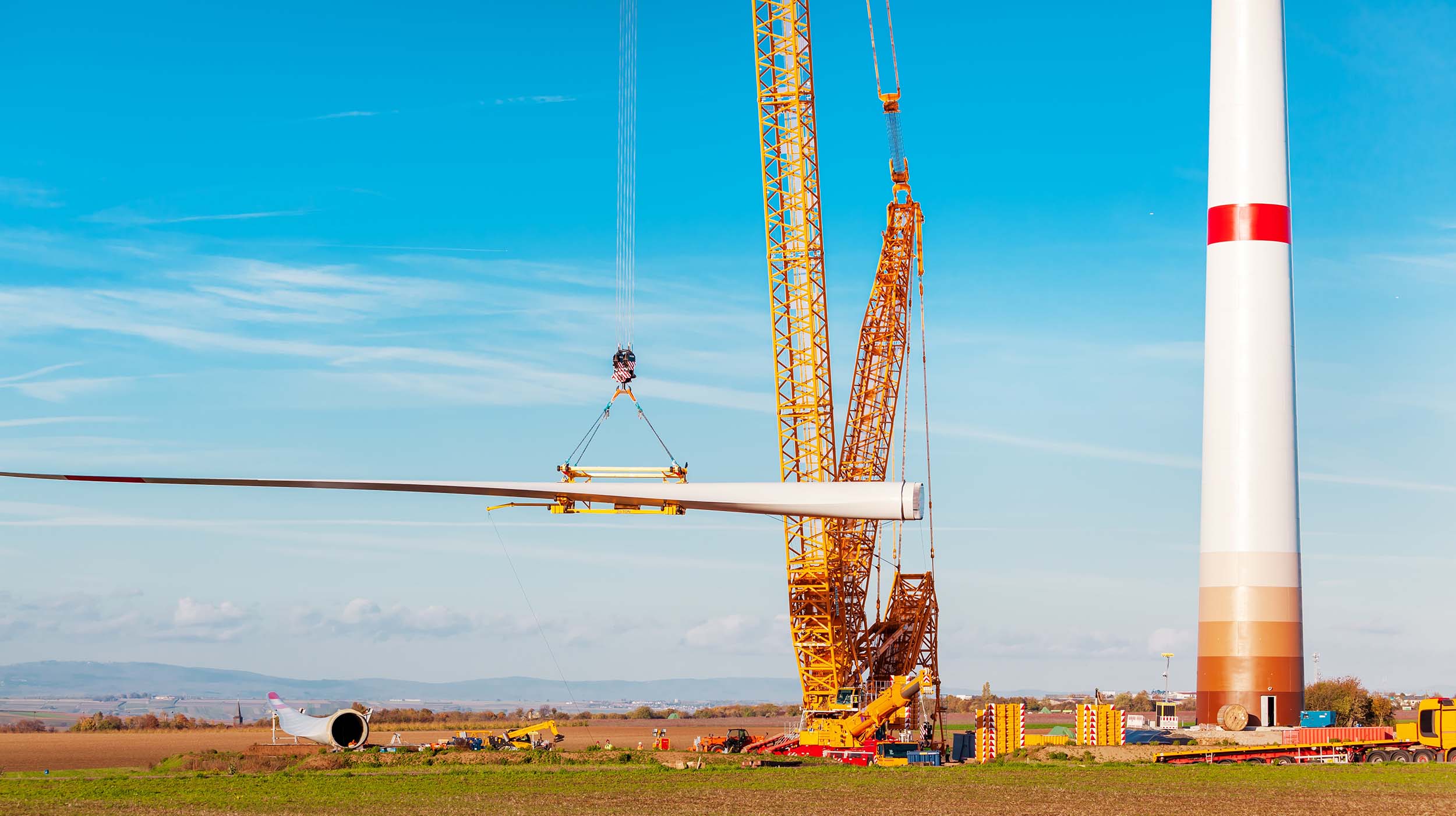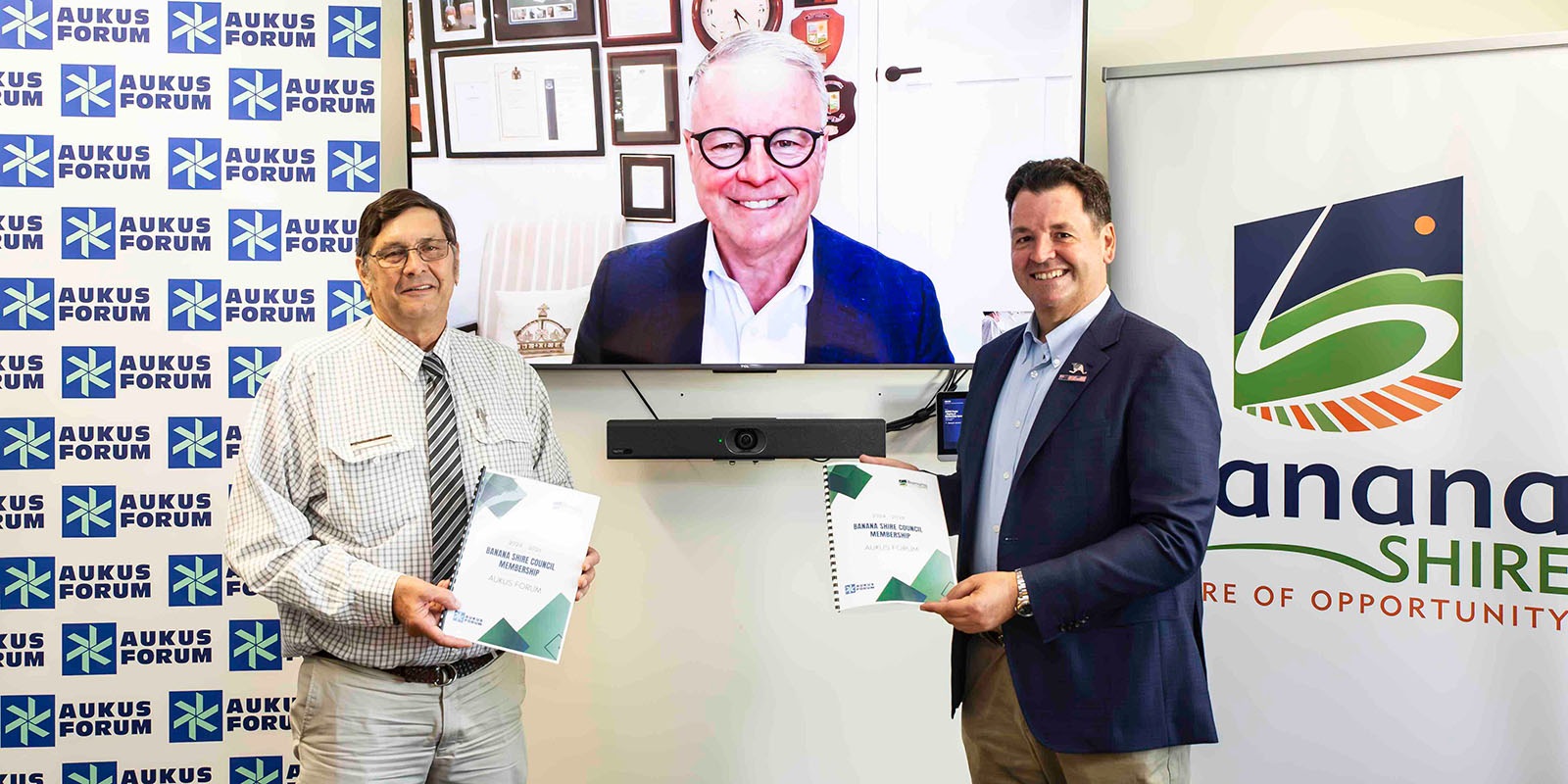How a small country town became an overnight and worldwide sensation and the knock-on effect of publicity.
Historically, big names in travel destinations are backed by powerful PR machinery, budget-rich marketing campaigns, and storied reputations. The Eiffel Tower, New York City’s skyscrapers, and Bali’s beaches have been staples in travel discussions for decades. And then there was Bilo, a hidden paradise not yet clouded by tourist footprints. So how did it make the cut?

The answer is simple, yet profound. It wasn’t about billboards or costly TV spots; it was about weaving a narrative that resonated with travelers longing for something different. The return of the Tamil asylum seekers undoubtedly pushed Biloela into the national spotlight. For a moment, the town represented kindness and acceptance and was on the nation’s lips. Then was the time to get the word out.
But it wasn’t only about getting the word out. It was about ensuring that the message was consistent, clear, and captivating. By combining a well-thought-out PR strategy with genuine testimonials and stories, Bilo painted a picture of a place not just to visit, but to experience. Potential travelers were enticed by tales of its untouched beauty, the friendliness of its locals, and the promise of adventures not found in guidebooks.
Biloela focused on its authenticity. The PR communications were not just about what Bilo could offer, but about what it represented: tranquility, discovery, and a break from the mundane.

Bilo’s rise to prominence on Qantas magazine‘s list is a testament to the power of effective communication, proving that with the right narrative and strategy, any place, no matter how small or obscure, can shine bright on the global stage.



